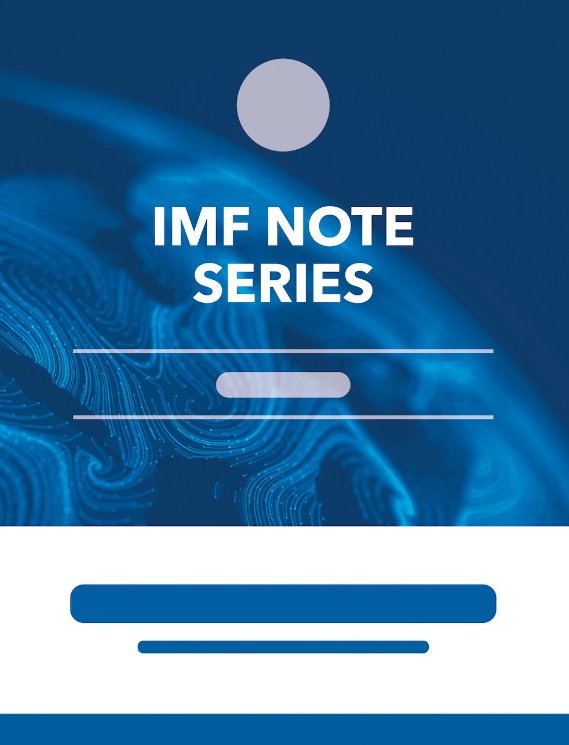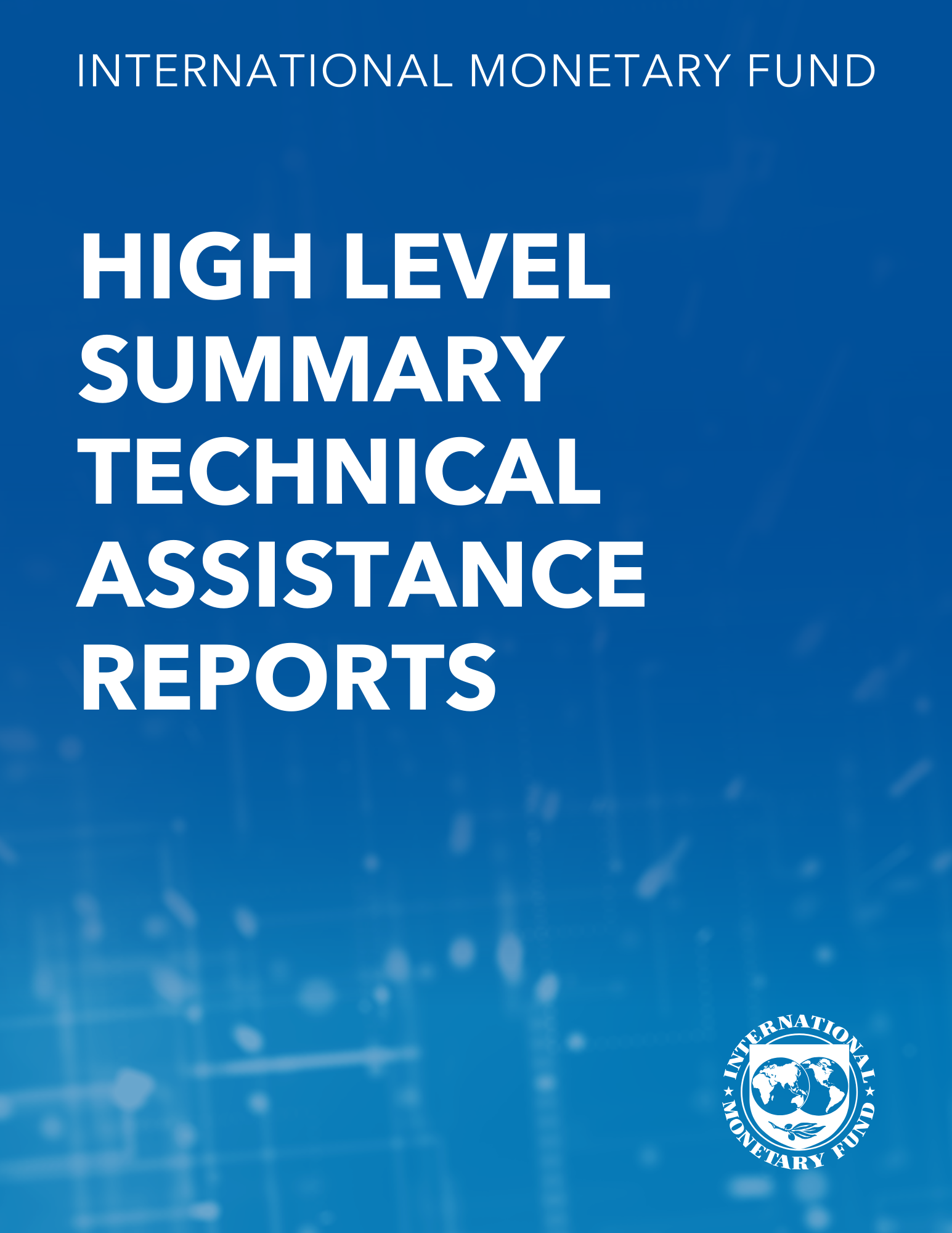Hysteresis in Exports
May 1, 1995
Disclaimer: This Working Paper should not be reported as representing the views of the IMF.The views expressed in this Working Paper are those of the author(s) and do not necessarily represent those of the IMF or IMF policy. Working Papers describe research in progress by the author(s) and are published to elicit comments and to further debate
Summary
This paper presents an empirical examination of the importance of hysteresis in international trade. An econometric model of export determination is developed where the presence of sunk costs causes discontinuous behavior and hysteresis so that individual exporters’ decision to stay in or out of the market depends on the current value of the exchange rate as well as its past history. The aggregate level of exports is then determined by the proportion of exporters that stay in the market. The resulting non-linear model is estimated using data on manufacturing exports for the United States, Germany, and Japan. The paper finds strong evidence in favor of the presence of pricing-to-market and hysteresis only in the case of Japanese exports.
Subject: Currencies, Exchange rate adjustments, Exchange rates, Export prices, Exports, Foreign exchange, International trade, Money, Prices
Keywords: cost condition, Currencies, currency terms, equation quantity, exchange rate, Exchange rate adjustments, Exchange rates, export function, export model, Export prices, export volume, Exports, firms initiate, labor costs ct, price equation, supply and demand export model, WP
Pages:
20
Volume:
1995
DOI:
Issue:
052
Series:
Working Paper No. 1995/052
Stock No:
WPIEA0521995
ISBN:
9781451847192
ISSN:
1018-5941
Notes
Models are estimated using data for the United States, Germany, and Japan.







